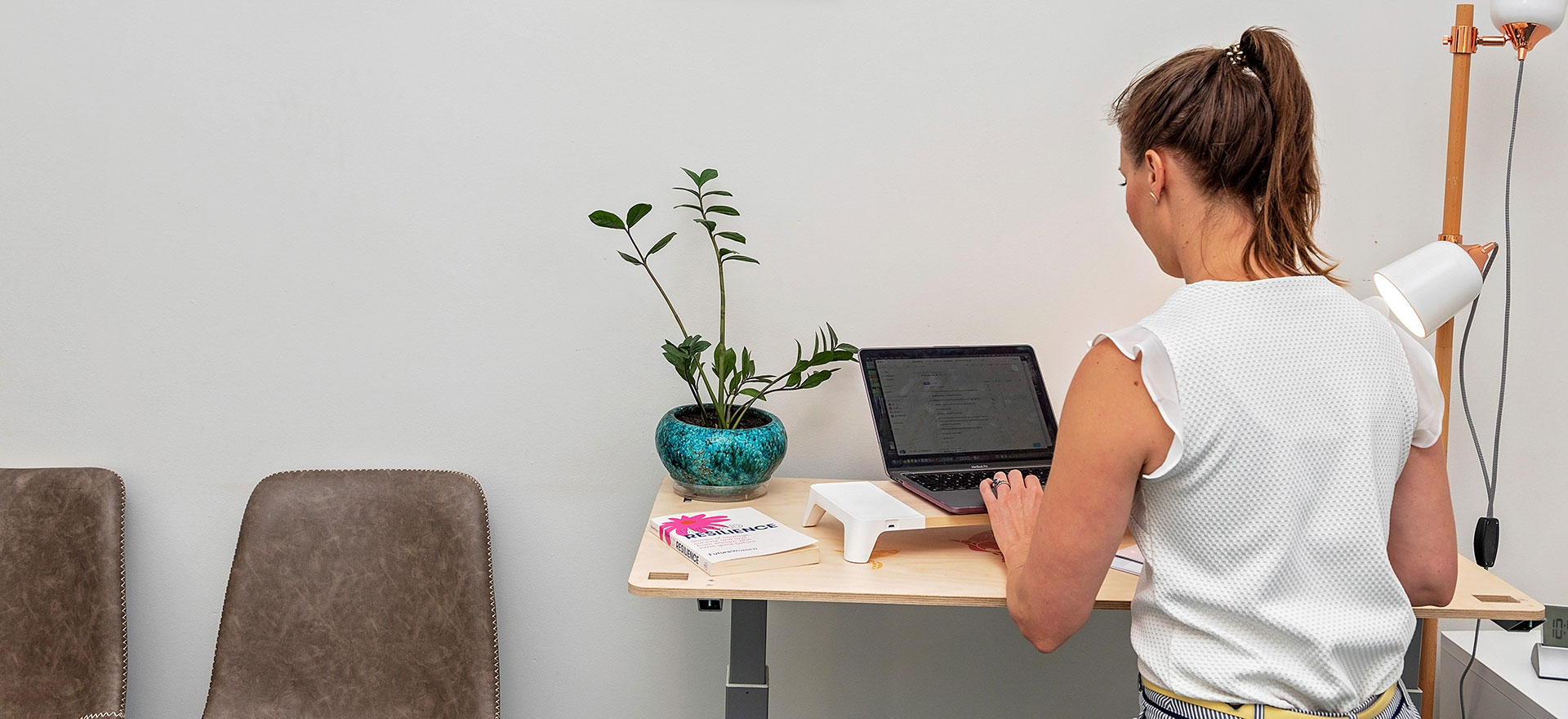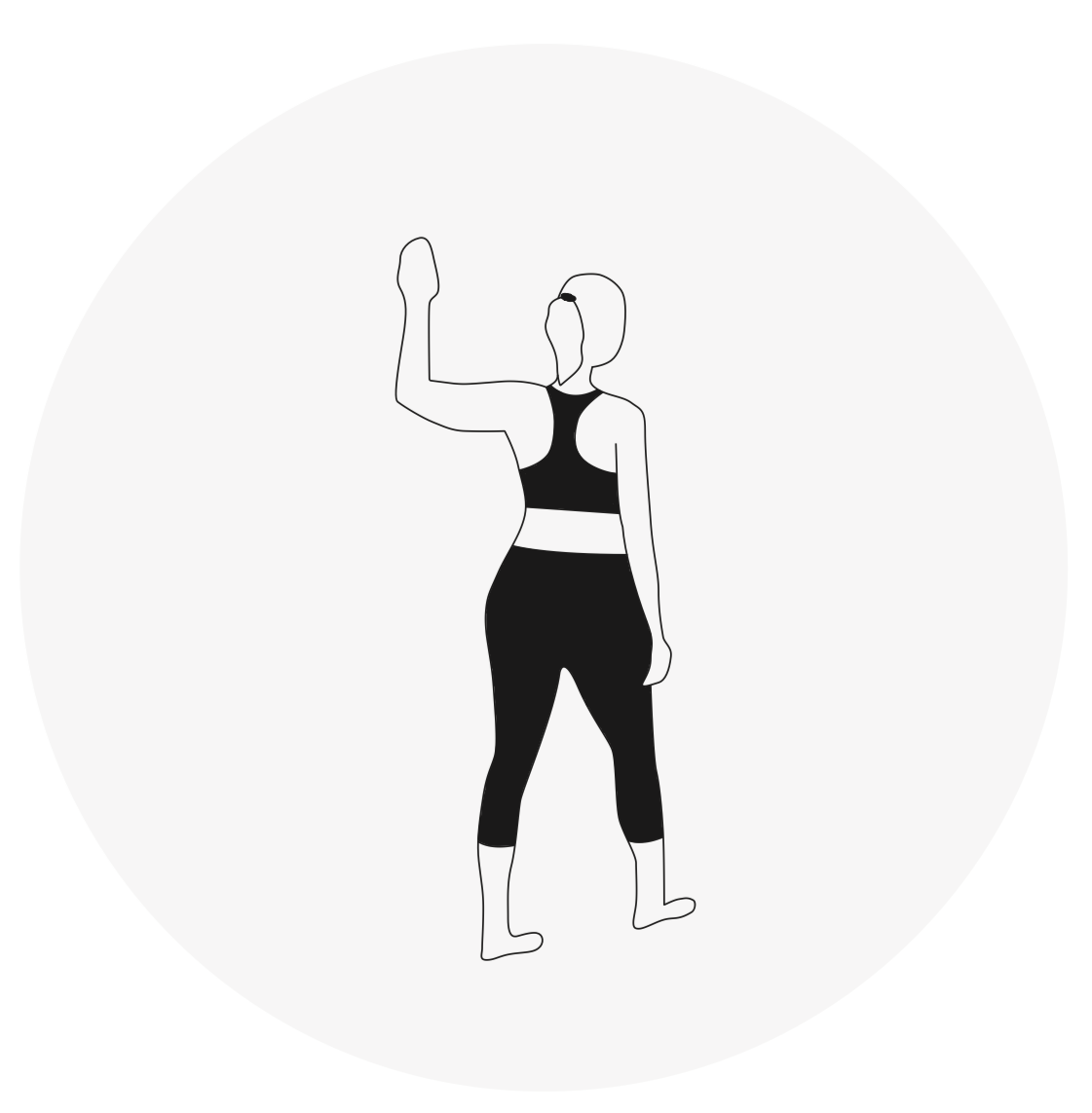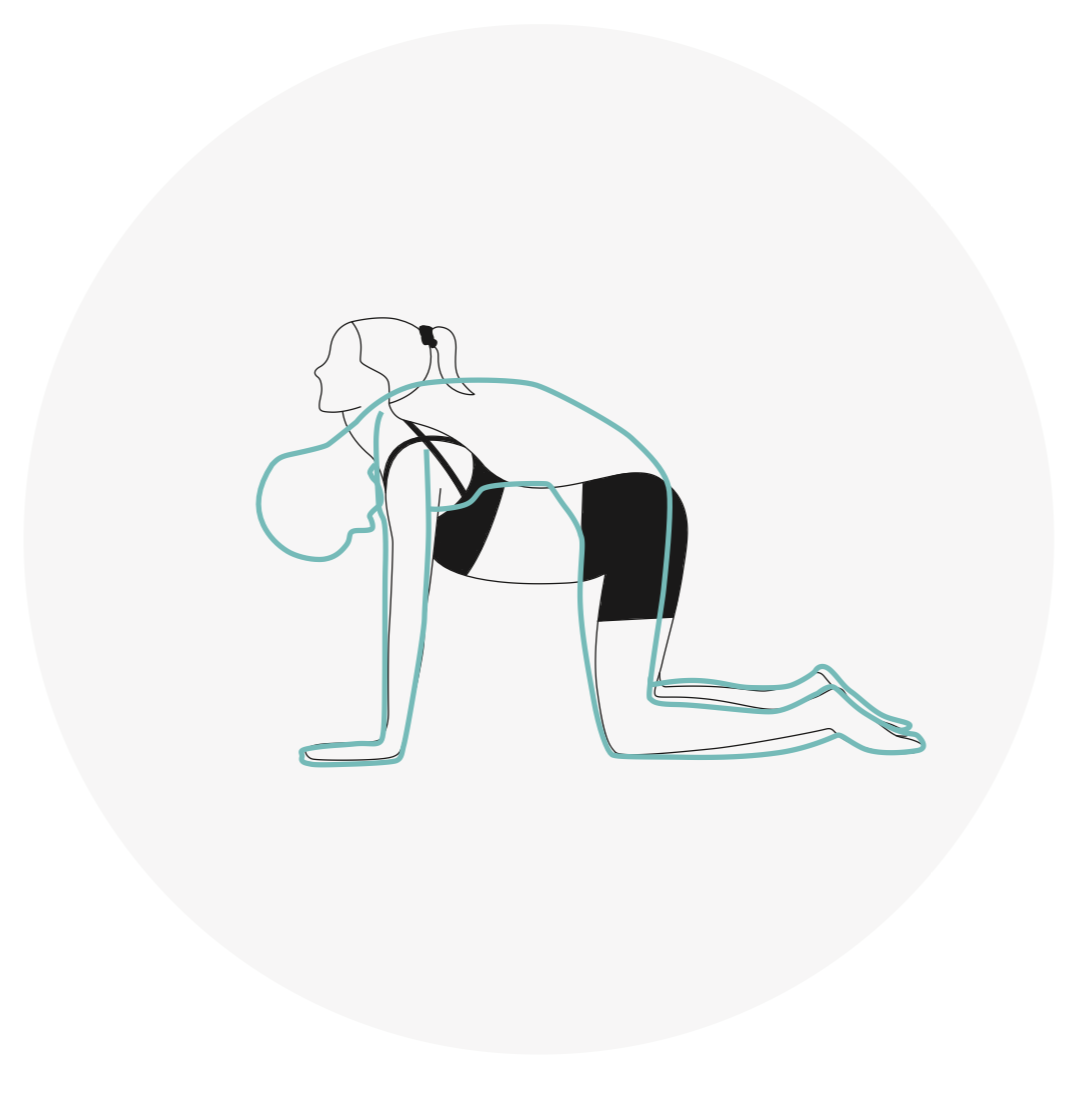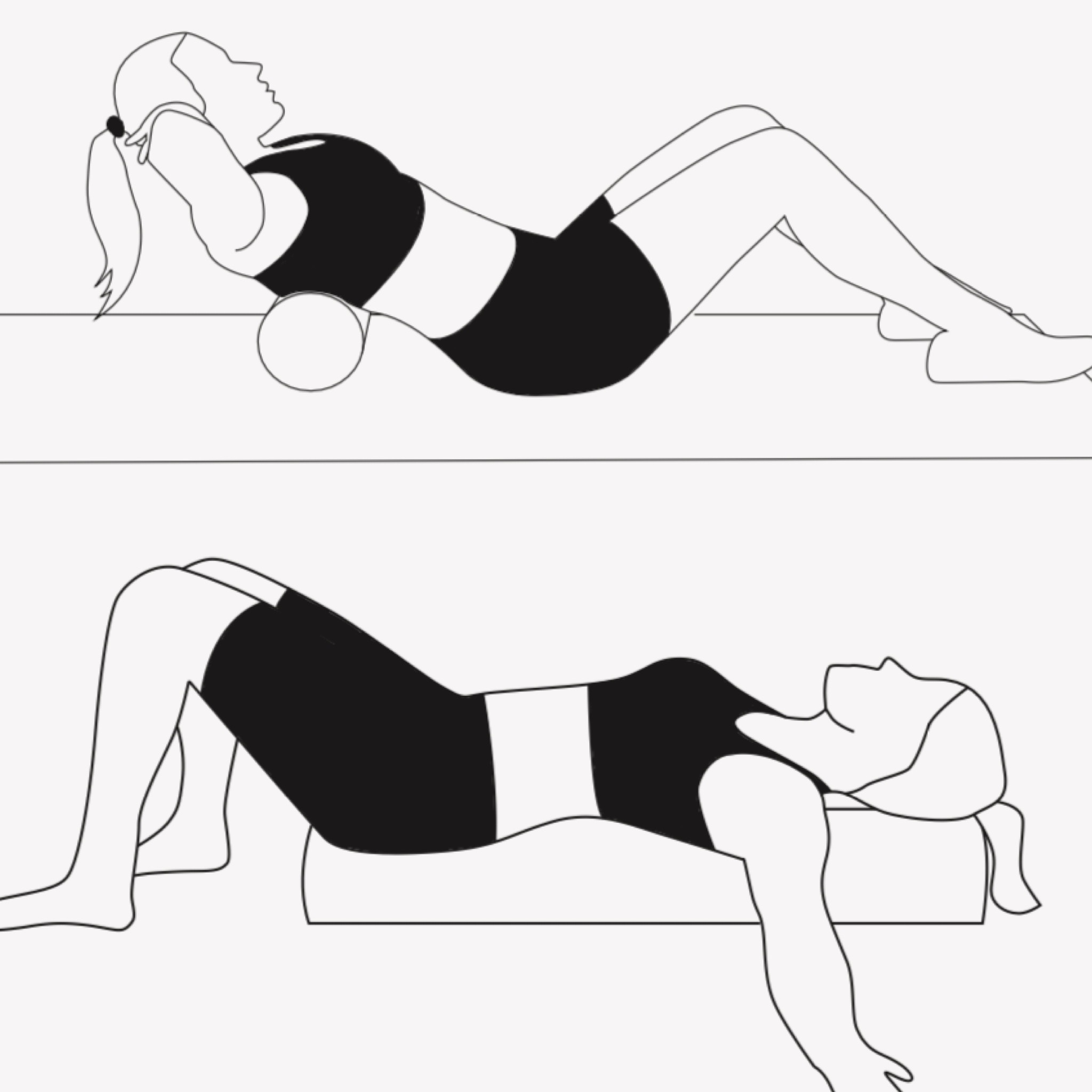Upper-back stiffness is a pain in the neck!
Thoracic spine stiffness or tightness is a complaint we often see here at Resilient health!
Written by Dr Mel Pierlot (Osteopath)
The thoracic spine (upper back) is located between the base of your neck to the bottom of your rib cage. It plays a significant role in the function of our neck, low back, rib cage and shoulders. The thoracic spine often becomes stiff in occupations that require prolonged sitting: the longer we sit, the more the muscles of the thoracic spine become strained and deconditioned. You see, they shorten to preserve energy, and in doing so, they compress our spinal joints and reduce the effectiveness of the other supportive muscles, so there is no more teamwork and can result in stiffness, catching and sometimes pain!
If you sit in an upright posture and lift your arms above your head, it doesn’t feel too bad right? But if you sit in a slumped posture and now try and lift your arms, can you feel how much extra strain is being put through your shoulders?! This is a great example of how thoracic spine stiffness may result in other areas of your body compensating for the lack of mobility in your spine. This is why Osteopaths will assess, treat and give you exercises for your thoracic spine as its function has implications for the neck, shoulders, low back and ribs!
To help your thoracic spine stiffness, here are some exercises you can try:
Pectoral stretch:
When your chest muscles are tight, they pull your shoulders forward resulting in a rounding or hunching of the thoracic spine and therefore less mobility.
To stretch your pectoral muscles, lift your arm up to 90 degrees in line with your shoulder, and place your bent elbow, forearm, and hand against a door frame.
From here, use your opposite leg to step forward through the door frame and twist your body away to feel a stretch through the front of your chest.
Deep breathing:
Because the ribs are attached to our thoracic spine, deep breathing exercises that expand our rib cage can help relax the thoracic spine muscles and increase the movement in the joints. To practice deep breathing, place one hand on your chest and one hand on your stomach. Take a deep breath in through the nose, focusing on breathing into the hand on your stomach before the hand on your chest moves.
Cat Cow:
This exercise is great for mobilising the bones of the thoracic spine and stretching out the muscles on the front and back of our torso.
Start this exercise on your hands and knees with your spine in a neutral position. On your breath in, push your chest towards the ground and gently lift your head to create a dip in the middle of your back.
On your breath out, push your shoulders away from the ground, tuck your head and lift your thoracic spine as high as you can towards the ceiling to create a rounding in your back.
Foam rolling:
This exercise is also wonderful at mobilising the joints in your thoracic spine. While you’re lying flat on your back with your knees up, place a rolled towel or foam roller horizontally along your thoracic spine.
Slowly and gently lean backwards over the foam roller or towel, until you feel a stretch through the joints.
You can also place the foam roller or towel vertically along your spine and let your arms gently fall out to your sides to stretch your pectoral muscles and mobilise your thoracic spine too!
Get moving!
One of the best ways to reduce thoracic stiffness is to stay as mobile as possible whilst working. Take regular breaks, use a sit to stand desk, go for a walk during your breaks or set move reminders to help your spine stay happy and healthy!
See you in the clinic!
The Resilient Health Team



